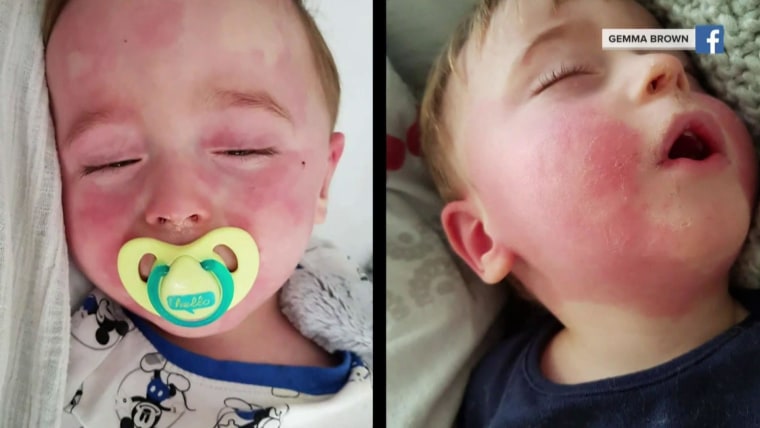According to a research study published in the New England Journal of Medicine, a multisystem inflammatory syndrome associated with COVID19 has been observed in New York.
What Is It?

Hospitals in New York State reported cases of Kawasaki’s disease, toxic shock syndrome, myocarditis, in COVID19 patients younger than 21.
The researchers analyzed the patient samples and found out that approximately 95 of them positive for COVID19 amongst the 191 potential Kawasaki disease symptoms.
- 54% of these are male and 40% of them were black and 36% were Hispanic.
-
31% were less than 5 years old while 42% were between 6-12 years of age.
-
26% were 13-20 years old.
-
97% had tachycardia, 80% had gastrointestinal symptoms, 60% had rash, 56% had conjunctival injection, and 27% had mucosal changes.
- Elevated levels of C-reactive protein, d-dimer, and troponin were found in 100%, 91%, and 71% of the patients, respectively
- 62% received vasopressor support, 53% had evidence of myocarditis, 80% were admitted to an intensive care unit, and 2 died.
The median length of hospital stay was 6 days
Kawaski Symptoms in COVID19 Children
The researchers concluded from the study that this hyperinflammatory syndrome with dermatological and gastrointestinal manifestations which is usually associated with the cardiac dysfunction might have been caused by COVID19
Data collected from 106 hospitals in New York revealed that the possibility of developing Kawasaki symptoms by COVID19 patients was 2 in every 332 patients aging 21 years or below.
These children faced cardiac dysfunction, depression, and gastrointestinal problems along with mild respiratory problems and may need oxygen occasionally.
There’s a temporal and geographic association between COVID19 and Kawasaki symptoms, which is in line with what was found in Italy. The findings suggest that Kawasaki is a post-infection symptom related to COVID19
The extent of the symtoms varies with age.
- Children below 5 are likely to have more dermatological sysmtoms while adolescents are more likely to suffer from myocardial problems.
- However, only 12% of these adolescents showed kawasaki diagnosis.
- Children under 12 mostly suffer Kawasaki symtoms like oral musocasl changes, conjuctival (eye) problems. These are more likely to end up in Intensive Care Units.
- Although Kawasaki’s disease–like symptoms were less common among adolescents than among younger children with MIS-C, they did still occur, and rare cases of Kawasaki’s disease among adults have been reported.
- Further research could explore whether a post–SARS-CoV-2 inflammatory syndrome exists in adults.
Predominant Amongst Hispanics & Black People?
Although classic Kawasaki’s disease disproportionately affects Asian children, MIS-C that is associated with Covid-19 appears to occur among children of all racial and ethnic backgrounds.
- Among our patients, predominantly from the New York Metropolitan Region, 40% were black and 36% were Hispanic. This may be a reflection of the well-documented elevated incidence of SARS CoV-2 infection among black and Hispanic communities, says the researchers
- In comparison, among persons younger than 21 years of age, an estimated 25% and 32% of people living in the New York Metropolitan Region in 2018 were black and Hispanic, respectively.
Blood pressure monitoring needed
Although most children have mild or no illness from SARS-CoV-2 infection, MIS-C may follow Covid-19 or asymptomatic SARS-CoV-2 infection. Recognition of the syndrome and early identification of children with MIS-C, including early monitoring of blood pressure and electrocardiographic and echocardiographic evaluation, could inform appropriate supportive care and other potential therapeutic options.
Because children often present with mild symptoms of Covid-19 and are less frequently tested than adults, the incidence of MIS-C among children infected with SARS-CoV-2 is unclear.
It is crucial to establish surveillance for MIS-C cases, particularly in communities with higher levels of SARS-CoV-2 transmission.
Did you subscribe to our daily newsletter?
It’s Free! Click here to Subscribe!
Source: New England Journal of Medicine
















